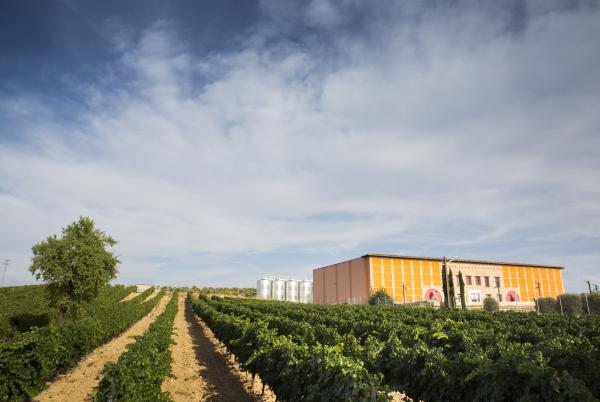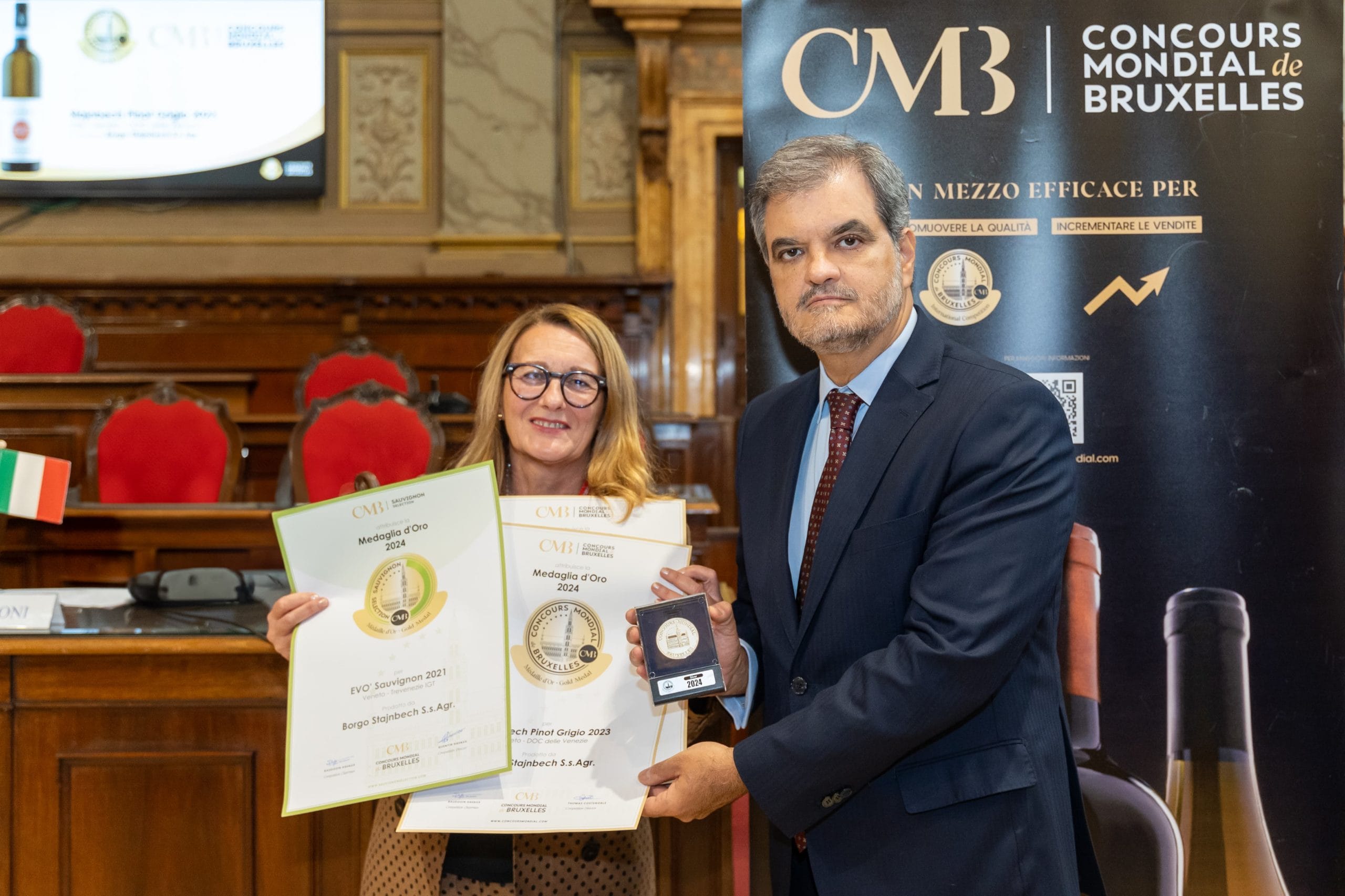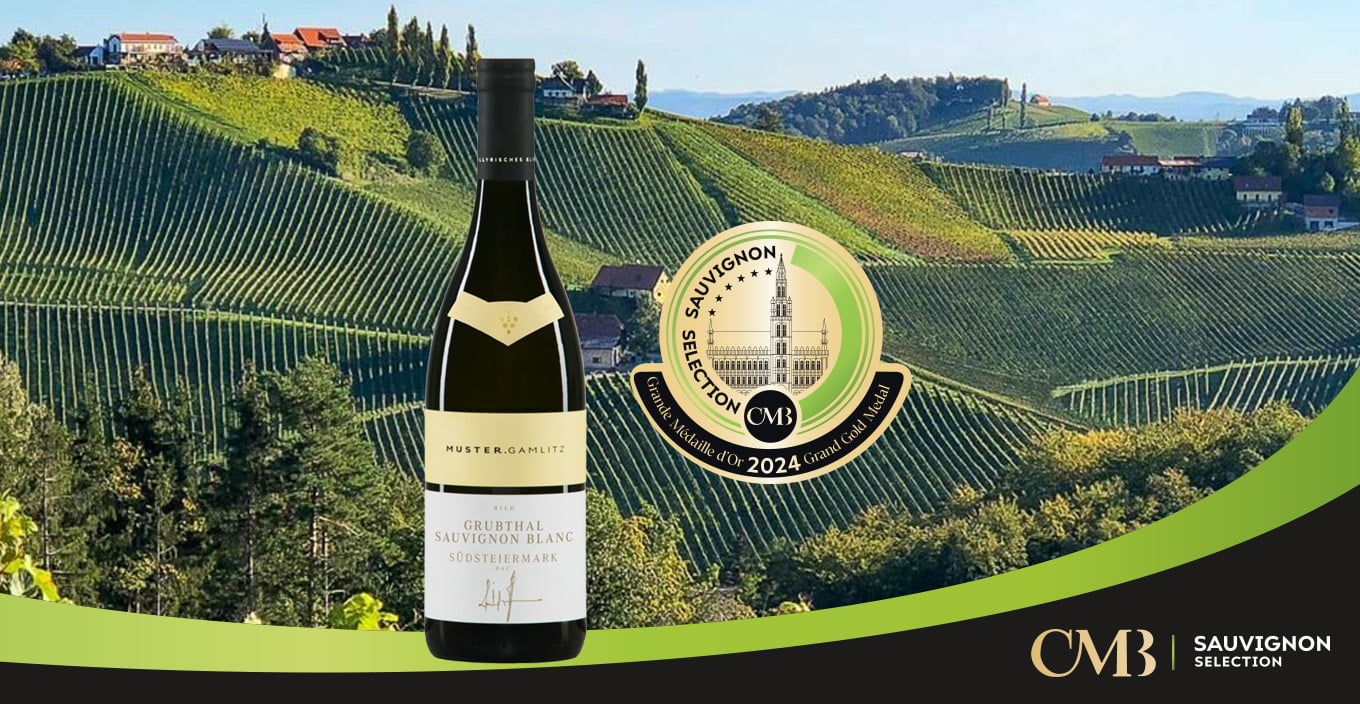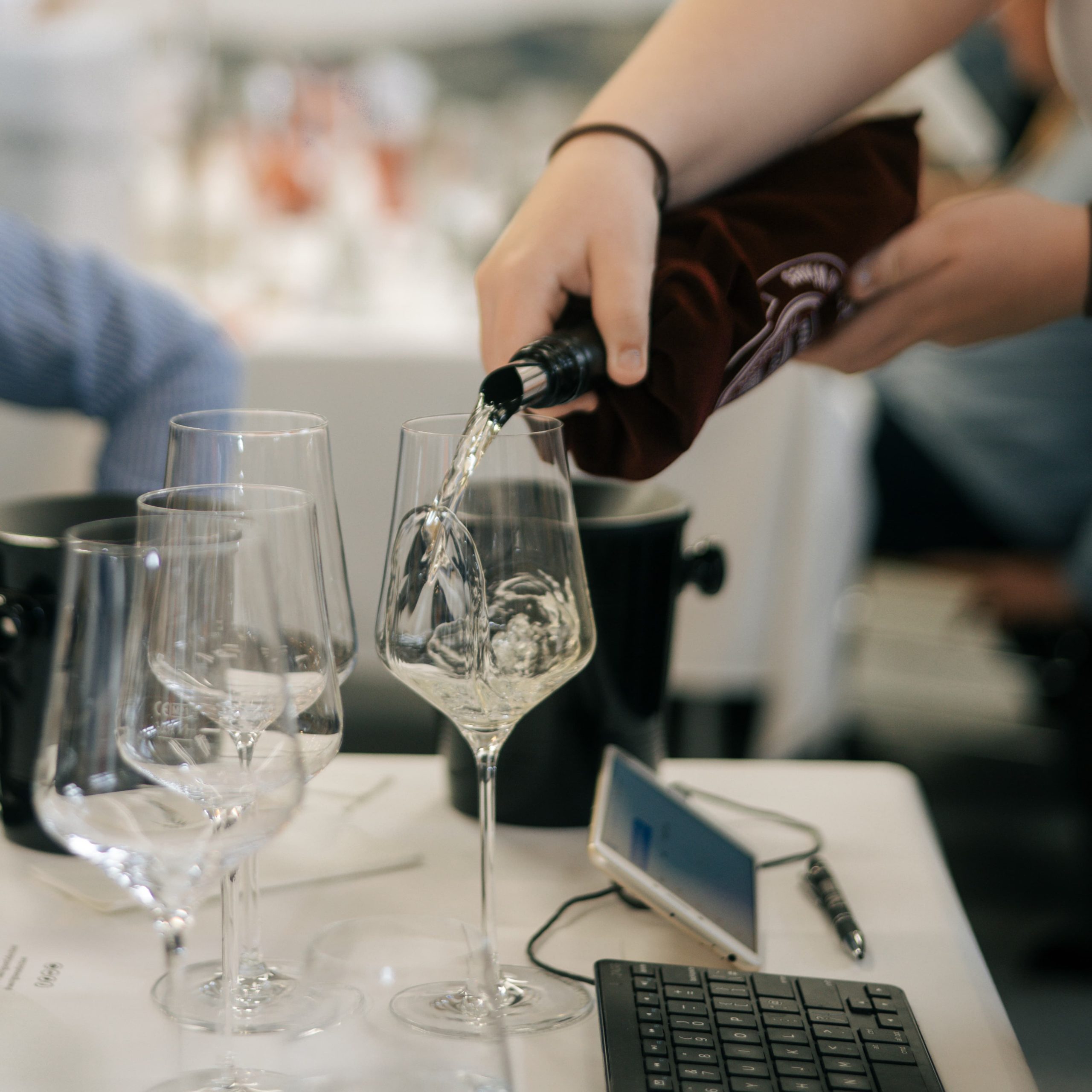Verdejo-Sauvignon: Stepping through the looking glass

In Rueda, Sauvignon blanc forms a harmonious duo with local variety Verdejo. Frédéric Galtier explains how this combination emerged and how wine growers and wine makers approach it.
Forty years ago, Emile Peynaud and Marques de Riscal were the driving forces behind the first Sauvignon plantings in Spain. To be more specific, the vines were planted in the Rueda area of Castile and their introduction was prompted by the celebrated Bordeaux oenologist’s discontent with the local white grape variety, Verdejo. He recommended Sauvignon blanc be planted instead.
Nowadays, the Rueda appellation – established in 1980 – has assimilated this legacy and produces Sauvignon wines of international stature. Despite this, Rueda’s native grape variety is still very much Verdejo, which in fact shares many similarities with Sauvignon. Five winemakers, representing five different wineries complete with their own technical visions, describe ‘their’ Sauvignon and their own personal take on the unique history linking Sauvignon and Rueda. Their viewpoints shed precious light on the present-day appellation, all set to host the next Concours Mondial du Sauvignon in spring 2016.
Sauvignon emphasises Verdejo’s varietal character
José Manuel Corrales is technical director at Avelino Vegas, a winery producing over 5 million bottles a year, including 200,000 bottles of single varietal Sauvignon blanc. Over three-quarters of its output is exported. He describes his vision of the varietal and touches upon its natural affinity with Verdejo.
“Sauvignon has for many years been considered the ideal companion for Rueda’s home-grown Verdejo. It is the epitome of an international brand: buyers followed by consumers are drawn to us initially because of our Sauvignon then take an interest in Verdejo which has fairly similar characteristics. We were taken aback by the quality of the first wines we made. The varietal rapidly carved out a place for itself and became popular with most wineries. The influence and surge in sales of New World wines were partly behind this popularity: Sauvignon blanc, coupled with a number of technical advances, allowed us to increase the aromatic intensity of our wines. Nevertheless, Verdejo is still the pivotal component: it shares the same array of aromas as Sauvignon and enables us to produce interesting, harmonious blends. Sauvignon underscores and emphasises Verdejo’s varietal character.
Sauvignon blanc has acclimatised extremely well, even though it struggles to cope with water stress. The climate here is cold and dry, imparting structure and finesse to the wines. In addition to irrigation, which is essential, we intensify aromatic extraction via a range of viticultural (foliar nitrogen and urea-sulphur sprays) and winemaking techniques (on-skin maceration, lees maceration, high turbidity levels during fermentation etc)”.
Verdejo shares the same aroma group as Sauvignon
Victoria Pariente is winemaker at the family winery J. Pariente, a “boutique” cellar as she likes to describe it. She shares some insight into her experience with this grape variety “imported from the North”.
“Originally, I was wary of Sauvignon and first properly encountered it in 2007. I have to admit that the results were impressive. Sauvignon adapts to suit all types of soils and climates. Its varietal character is affected by place and of course winemaking techniques. In Rueda, there are two visions of Sauvignon: one has a wild edge, which coming from me is a compliment. It produces fruit-driven wines with tropical aromas recalling tomato leaf, mango, papaya and pineapple. This is my favourite type of Sauvignon. The other style is more delicate, it is similar to our local Verdejo, more vegetal and often high-tech. The main difference between Sauvignon and Verdejo lies in the type of fruit revealed although the real contrast is on the palate: typically, Verdejo has more volume and weight, whilst Sauvignon is more free flowing and light. This is why we focus a lot on lees management, to round out our Sauvignon wines. In blends – which I’m not keen on – you have to be careful because Verdejo always plays second fiddle to Sauvignon, even with minority proportions of Sauvignon. In my opinion, this explains a degree of confusion between the two varietals.
Rueda has focused on this prestigious, international variety to secure a name for itself in export markets but also in Spain, although I am still convinced that we are and have to remain the homeland of Verdejo. It is one of the most interesting varieties around and shares the same aroma group as Sauvignon”.
Verdejo and its hallmark fat
Angel Calleja, who has been technical director at the Cuatro Rayas co-operative since 1965, adds another perspective to the debate. The winery has 300 member growers covering 2,100 hectares of vineyards, including 80 planted to Sauvignon blanc. It produces 20% of all wines labelled Rueda and is therefore a very prominent local player.
“Sauvignon used to be an experimental grape variety in Rueda. We viewed it as a complementary variety that could improve the quality of local white wines and intensify the aromas of Verdejo, even though most Sauvignon blanc wines in the region today are single varietals. Blends with Verdejo are now fairly uncommon (Ed. maximum 15% of the blend). The main difference with Verdejo is the volume and complexity on the palate: Verdejo displays hallmark fat. A ripe Verdejo is naturally more structured than a Sauvignon, irrespective of winemaking techniques. Sauvignon has become acclimatised to Rueda in its own distinctive way. There is a dramatic difference in night and day time temperatures here which promotes good aromatic expression and savoury balance between alcohol and acidity. Over the last 25 years, production methods – both in the vineyard and the winery – have improved. Irrigation used to be a taboo subject, and yet it is beneficial for this variety. White wines are more high-tech and winemaking techniques are much more influential. Greater control over temperatures and oxidation, as well as more active aroma protection have increased the standard of our wines considerably”.
Sauvignon vineyards have the potential to make significant strides in quality
Spanish behemoth Felix Solis obviously has a foothold in Rueda. So much so that it produces approximately 10,000 hectolitres of wines there annually. German Nieto, winemaker at Pagos del Rey in Rueda, and Felix Solis Ramos, export and marketing director for the Felix Solis Avantis SA group, share their insight on the Sauvignon-Verdejo issue.
“Verdejo originated in Rueda where the first vines were planted by the Mozarabs (Ed. in the 11th century). It is a fairly rustic grape variety that can withstand our arid climate well. Its grapes are thick-skinned and robust, making them less prone to disease than other varieties. Verdejo’s success in recent years has prompted plantings in other parts of Spain but its personality has tended to suffer from the move. In Rueda, Verdejo has a very intense nose showing distinct varietal character recalling boxwood, tomato leaf and tangy fruit with a touch of citrus. On the palate, it is soft and round on the attack and ends on a crisp, fresh note reminiscent of the citrus fruit on the nose. From a viticultural and winemaking perspective, Sauvignon blanc is an altogether more complicated variety. Canopy management is complex and the fruit is more prone to rot. It is often harvested before Verdejo and shows very distinctive, penetrating aromas. It has adapted extremely well here, as it has in other parts of the world, but you have to admit that it does require specific care and attention. In Rueda, Sauvignon produces highly seductive wines. Most Sauvignon vineyards are still young and they have the potential to make significant strides in quality. There is strong demand from export markets. The quality of Sauvignon wines from Rueda is excellent, on a par with wine regions in France and New Zealand and often cheaper. Despite this, Rueda is and will remain the land of Verdejo. In fact, such is the connection between the two that consumers often mix up the words Rueda and Verdejo and use them synonymously”.
Sauvignon is a calling card for Rueda
Making wine for Richard Sanz is a family affair, alongside his sister Alejandra and his brother Marco Antonio. In 2005, they founded the Menade wineries which have pioneered organic wine growing in Rueda. Richard has an aversion to sulphur and is mistrustful of technology, both out in the vineyard and in the winery…
“We represent the 6th generation of wine growers and winemakers. I remember personally planting our first Sauvignon vines with my father in the 1970s in Rueda. We sometimes have differing opinions on what a wine should be and the technology used to make it. In Rueda, as elsewhere, low-intervention wine growing is pitted against a more technological approach to our task. Sauvignon is a grape variety that bridges gaps, it acts as a calling card worldwide for the quality white wines we produce, it sparks interest and expectations from buyers and consumers, allowing us to introduce our region, our wines and of course, our Verdejo. Sauvignon has adapted well to our climate, our elevation and our soils. We harvest it earlier here but apart from that, it doesn’t cause any particular problems. At sensible yields, it produces very fruity wines with a strong personality. Personally, I prefer this style of wine to the more high-tech versions that sometimes caricature the varietal’s vegetal side. From a marketing perspective, Sauvignon has been extremely successful but personally, despite the positive contribution of Sauvignon and its ability to provide an undeniable aromatic backbone in challenging years, I favour the development of Verdejo in Rueda. Sauvignon is a good selling point but I think we should produce more idiosyncratic wines”.
Plantings of white grape varieties in Rueda in 2014:
Total – 12,995 ha
Verdejo – 10,408 ha
Sauvignon blanc – 693 ha
Macabeu – 1,014 ha
Paino Fino – 135 ha


